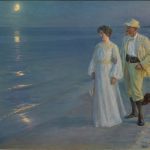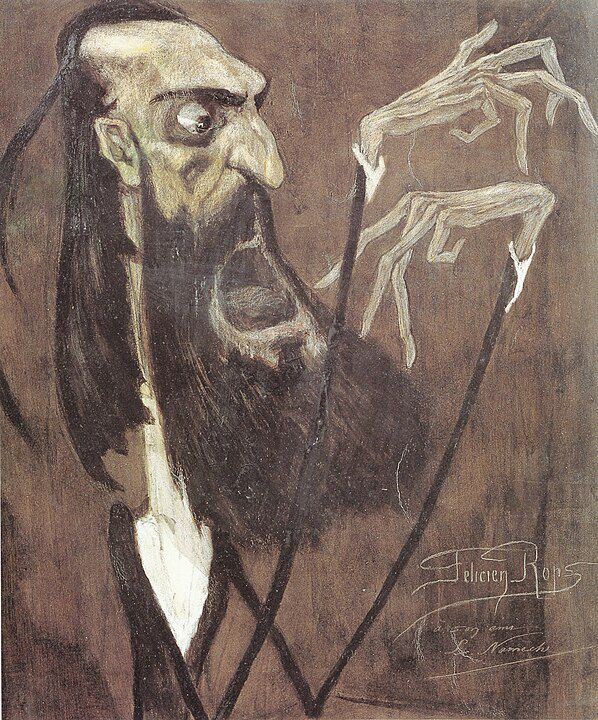
Félicien Rops, born on July 7, 1833, in Namur, Belgium, emerged as a prominent figure in the realm of Symbolist art during the 19th century. His life and work were characterized by a blend of artistic innovation, provocative themes, and a commitment to pushing the boundaries of societal norms. Rops’ contributions as a painter, etcher, and illustrator earned him a unique place in the avant-garde movements of his time.
Growing up in a bourgeois family, Rops initially pursued legal studies but soon found his true calling in the world of art. His move to Brussels marked the beginning of his artistic journey, where he immersed himself in the vibrant cultural scene of the city. Rops’ early works displayed influences of Realism and Romanticism, but it was his association with the Symbolist movement that would define his artistic legacy.
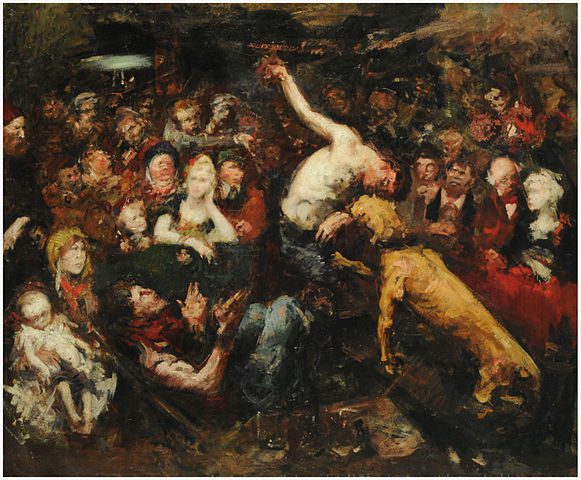
Rops’ artistic endeavors were not confined to a single medium. He excelled in printmaking, particularly etching, where his technical prowess and innovative use of the medium garnered widespread acclaim. His etchings often explored themes of sensuality, the macabre, and societal critique. Notable among these works is the series “Les Sataniques,” which delved into the darker aspects of human desire and fantasy.
Hello Baudelaire
A pivotal moment in Rops’ career came with his encounter with Charles Baudelaire, a key figure in the French Symbolist movement. The two shared a mutual appreciation for the unconventional and a fascination with the darker facets of human experience. Rops’ illustrations for Baudelaire’s famous work, “Les Épaves,” solidified his reputation as an artist unafraid to explore the taboo and the mysterious.

In 1865, Rops co-founded the Société Libre des Beaux-Arts in Brussels, a progressive art society that aimed to challenge traditional norms and foster avant-garde expressions. This period marked the height of Rops’ artistic output, with his works increasingly reflecting themes of decadence, eroticism, and the supernatural.
The artist’s fascination with the sensual and the mysterious found expression in his depictions of femme fatales, fantastical creatures, and scenes of debauchery. Rops’ exploration of eroticism, often intertwined with themes of death and decay, challenged societal conventions and provoked both admiration and controversy.
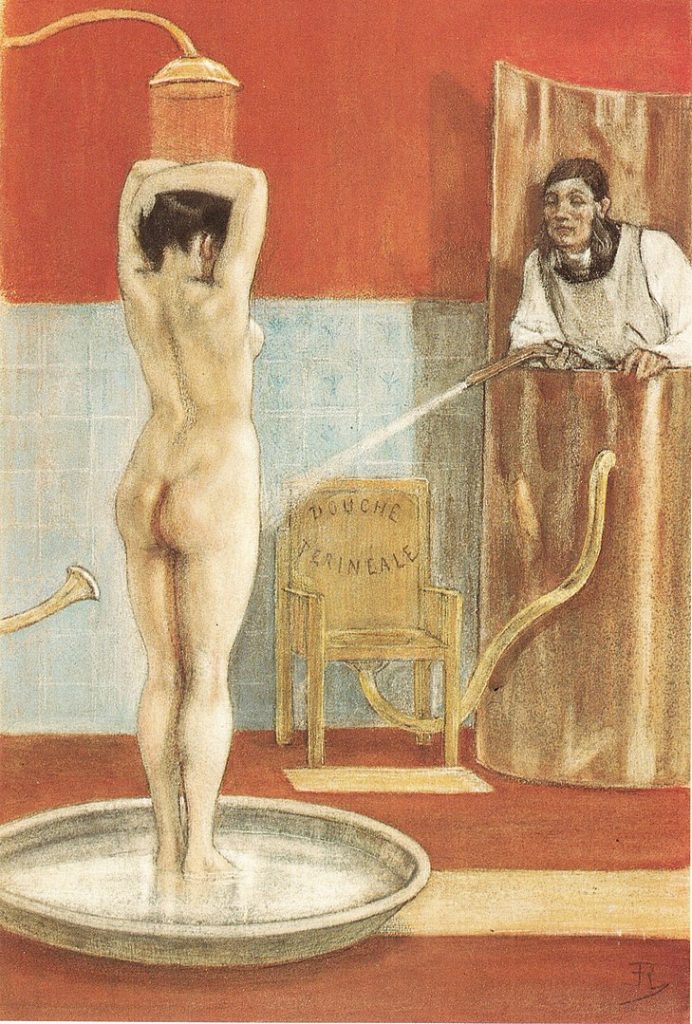
Rops’ artistic pursuits extended beyond the visual arts to literature. He was known for his collaborations with prominent writers of his time, including Baudelaire and Octave Uzanne. The fusion of word and image in Rops’ illustrations added layers of complexity to his work, contributing to the multifaceted nature of Symbolist expression.
Running towards Taboos
Despite the avant-garde nature of his art, Rops faced occasional censorship and criticism from conservative quarters. His unapologetic approach to themes considered taboo in the 19th century underscored his commitment to pushing the boundaries of artistic expression.
The latter part of Rops’ life saw a return to Namur, where he continued his artistic endeavors while also engaging in philanthropy and supporting local cultural initiatives. His legacy was not without controversy, as some viewed his work as subversive and morally questionable, while others celebrated him as a pioneer of Symbolism.
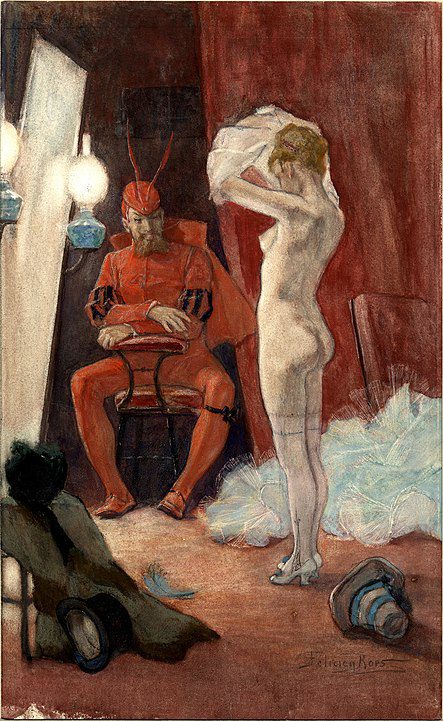
Félicien Rops passed away on August 23, 1898, leaving behind a body of work that continues to captivate and challenge viewers. His impact on Symbolist art, with its exploration of the subconscious, the mystical, and the forbidden, reverberates through the annals of art history. Rops’ ability to transcend societal norms and evoke visceral reactions remains a testament to the enduring power of art to provoke, question, and illuminate the complexities of the human experience.




